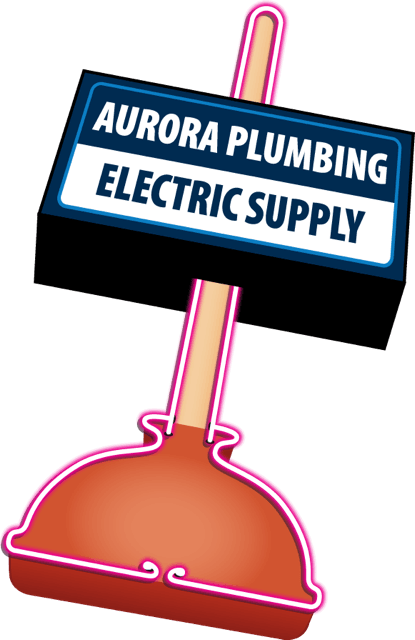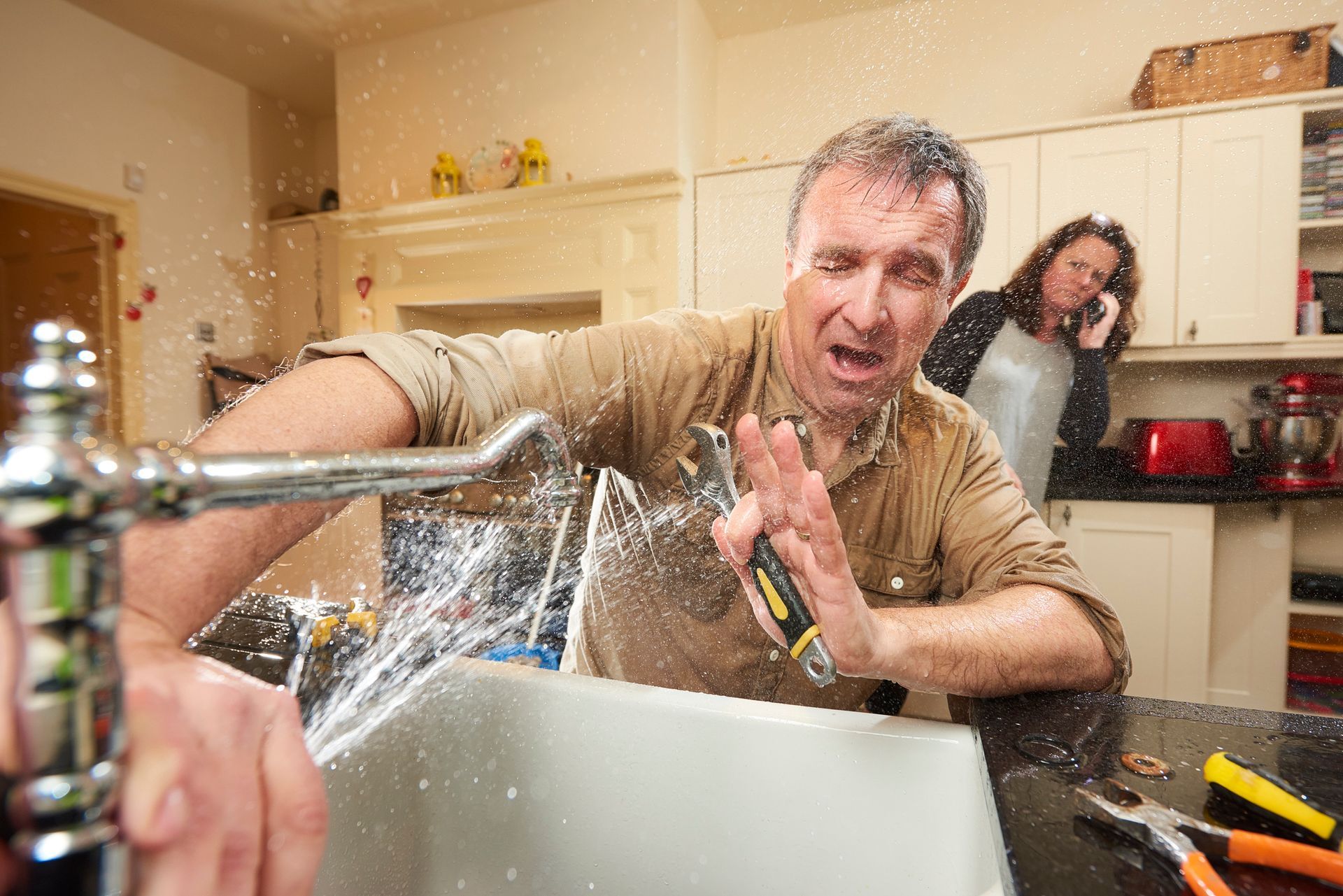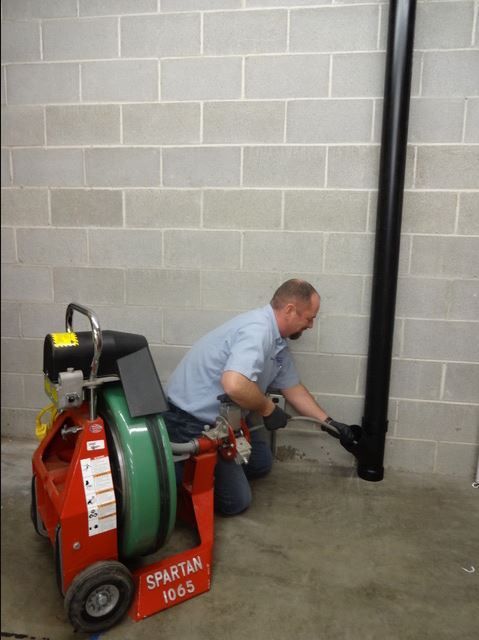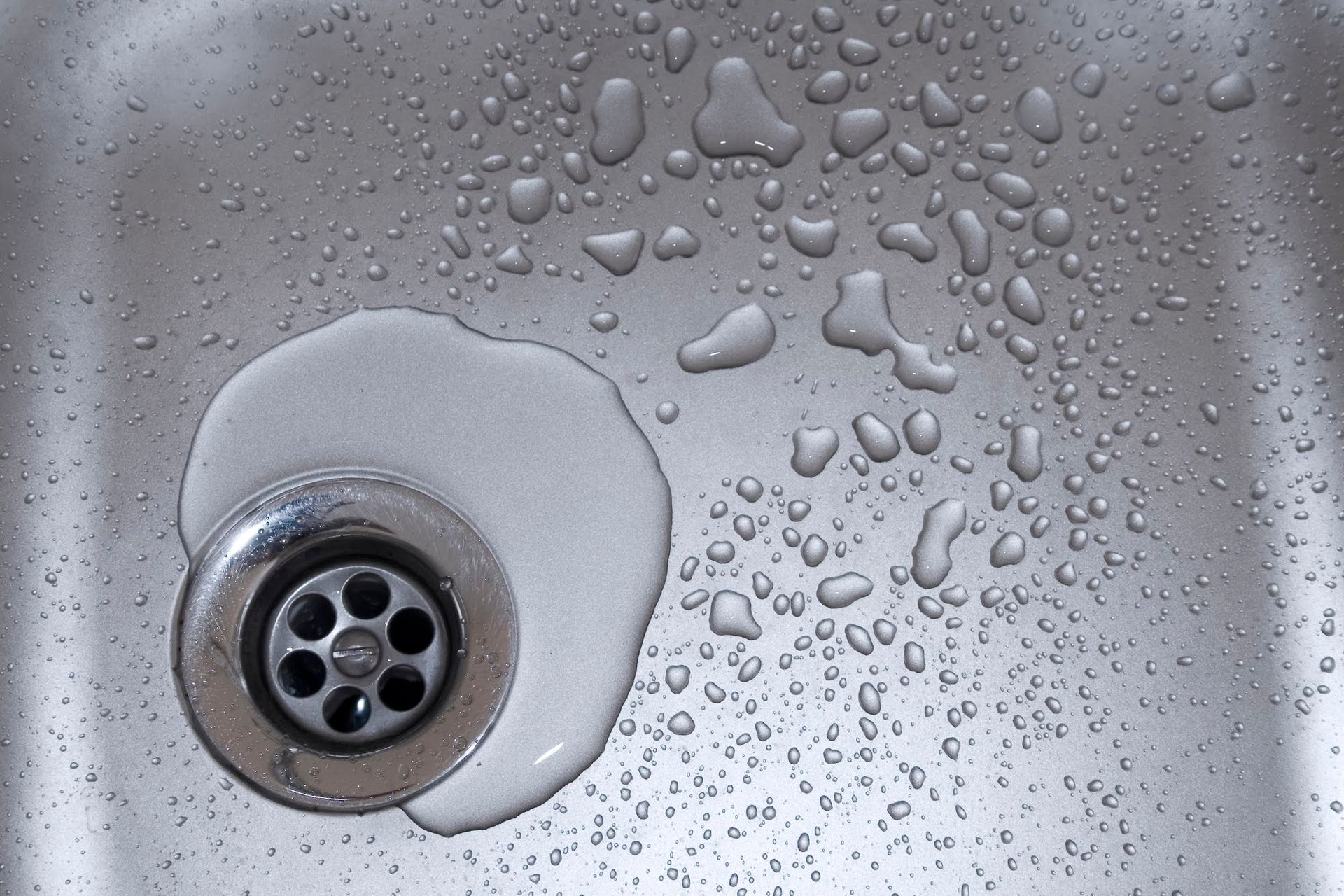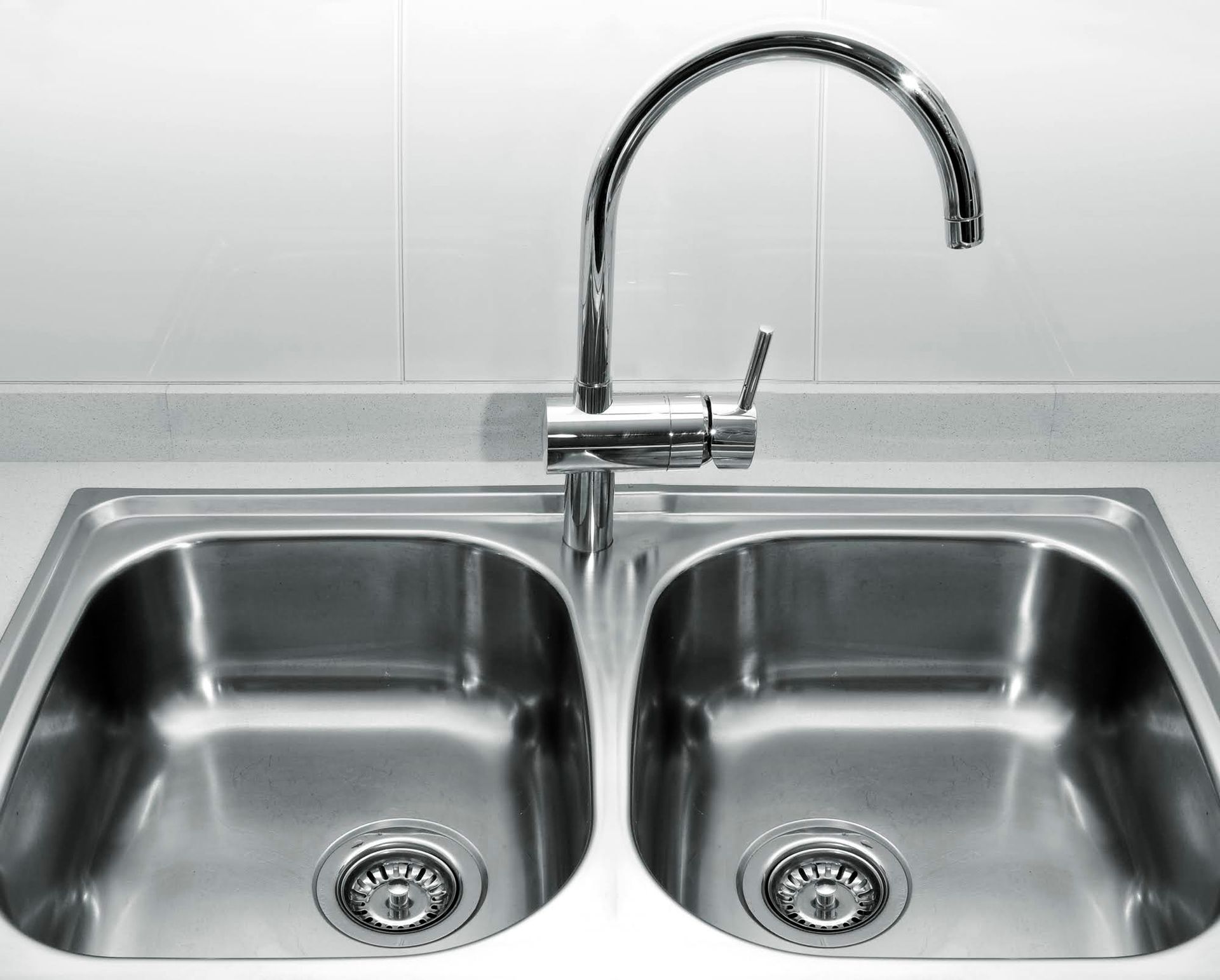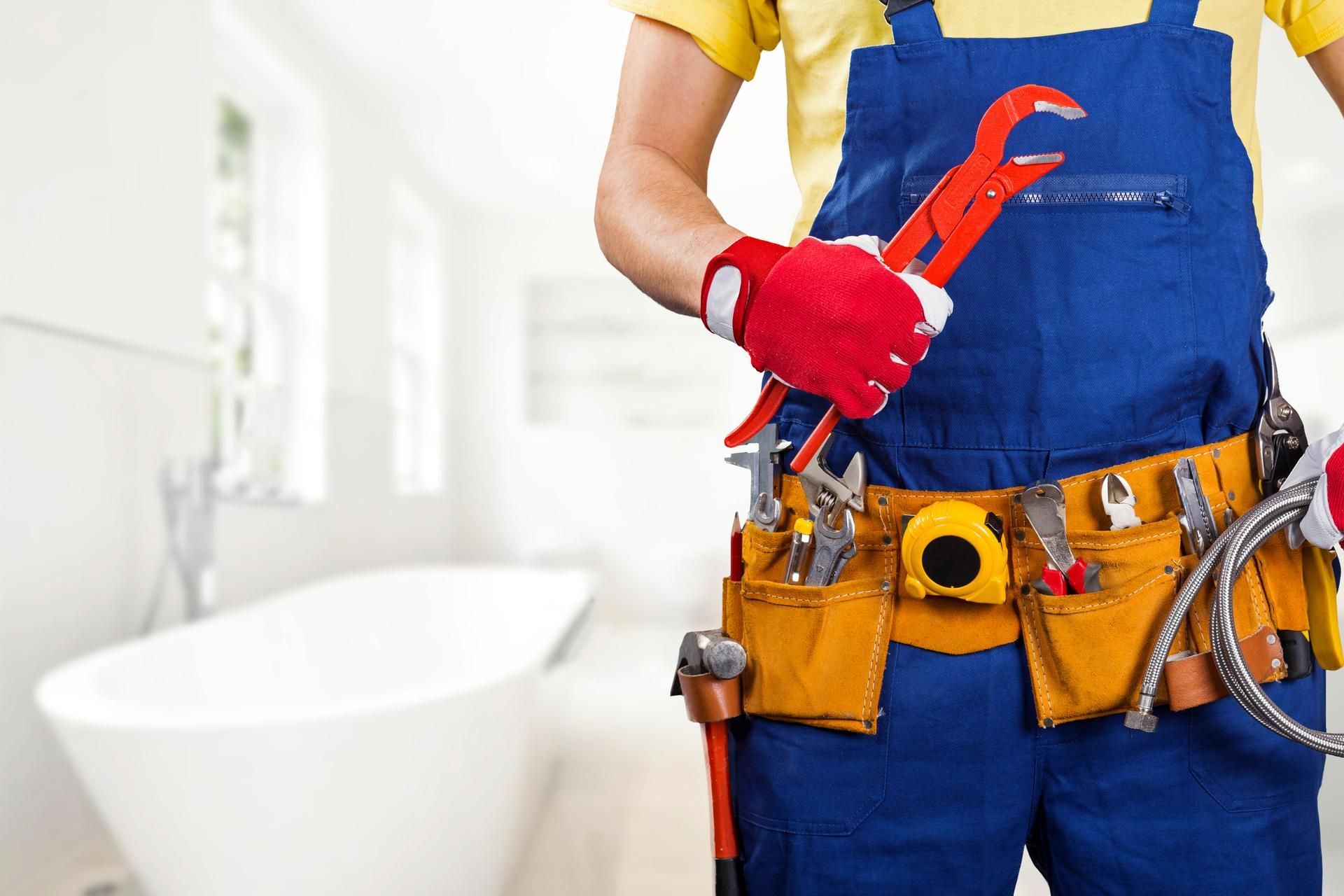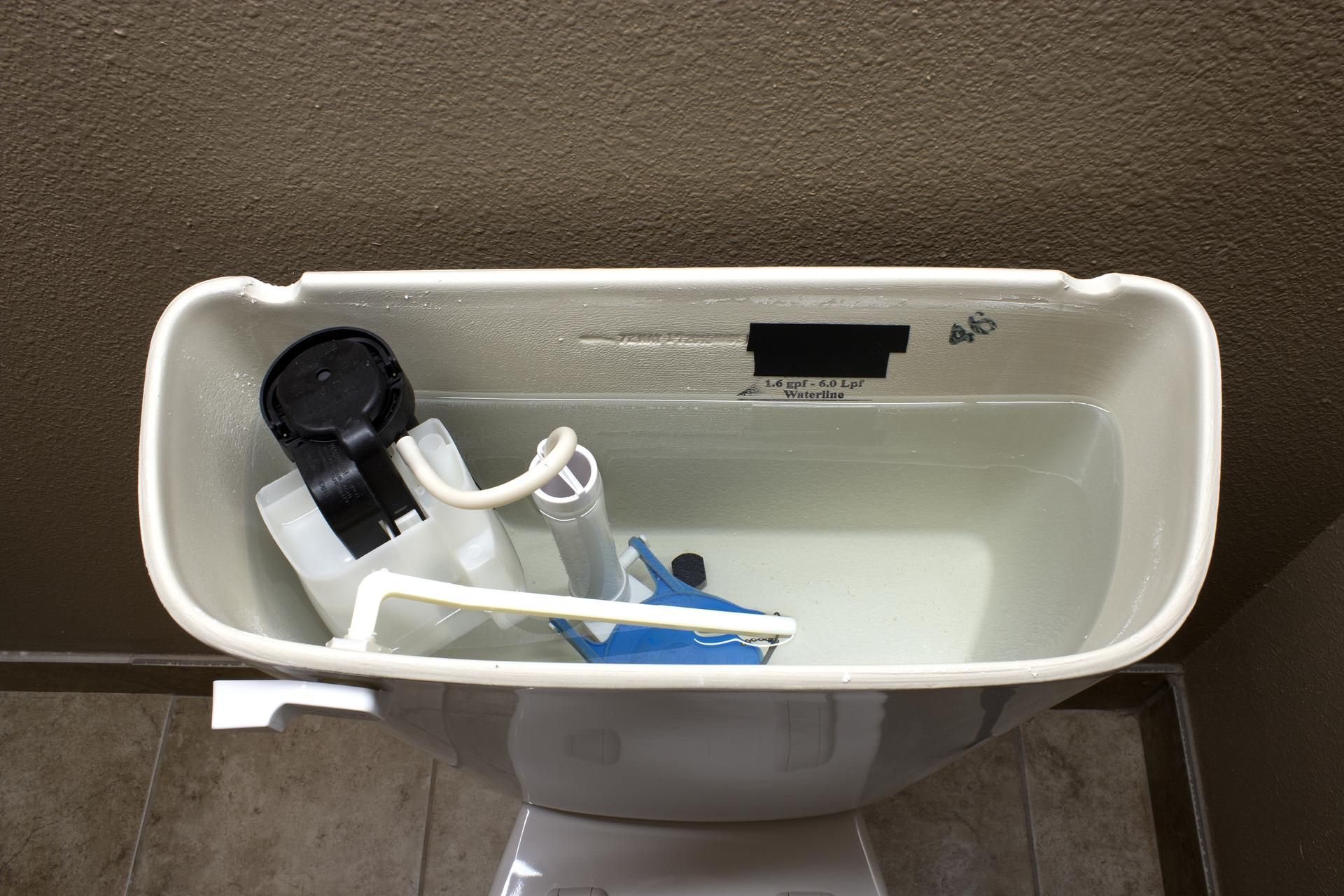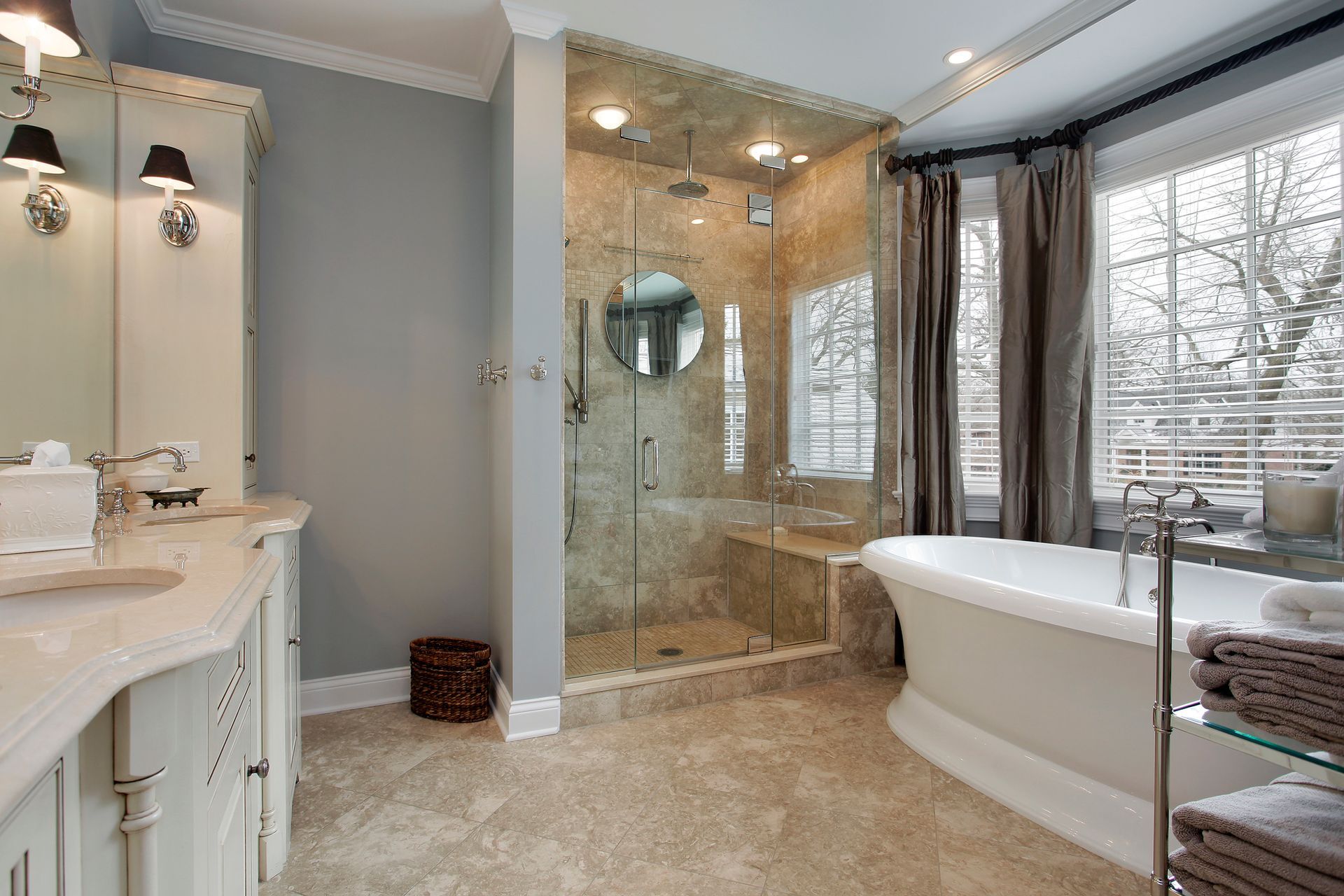What You Should Know About Your New Home's Plumbing
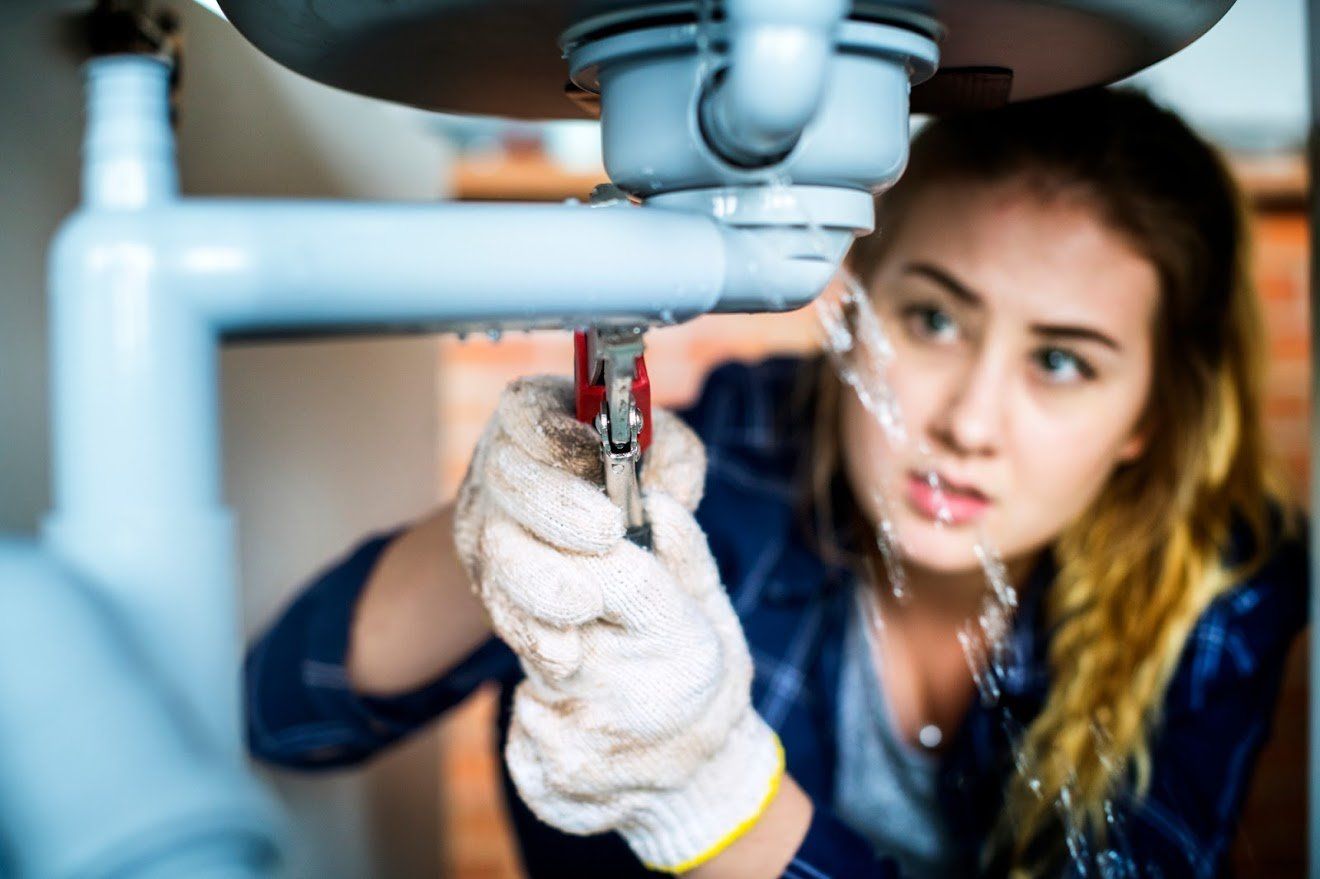
Your home's plumbing system is a complex maze of pipes, appliances, and fixtures. While new homeowners can leave the intricate repairs and replacements to the professionals, you should know some of the basics. This doesn't mean you need to become an expert DIYer. Take a look at what you need to know about your home's plumbing.
How to Shut Off Fixtures
The toilet, the shower, the bathroom sink, and every other plumbing in your home should have their own shut-off valve. While the main valve (which is typically located inside of your home near on the wall opposite the water meter) will cut the supply to the entire house, sometimes this drastic measure isn't necessary.
You'll need to know where individual shut-off valves are in any of the following situations:
- When the toilet won't stop running
- When the shower drips or runs after
you've turned it off
- When you have a leak coming from one
of your fixtures
- When
a sink overflows
These are only a few examples of times when you'll need to know where the shut-off valves are. Shutting off the water at the fixture's valve or knob won't solve your problems. This is a temporary fix that can stop flooding and reduce the risks associated with water damage (such as wood rot or mold development). After promptly shutting off the water, call a professional plumber for an expert repair.
How to Read the Water Meter
Before you can read your water meter, you'll need to locate it. Most residential structures have this on the outside of the building. You can detect a home leak if you take a reading from the meter while the water is off or you aren't actively using it.
You may need to lift off the meter cover to read the meter. Look for the 1-cubic-foot dial - it should be marked as such. This dial measures how much water you're using. When the water isn't in use or is turned off at the main shutoff or at individual fixtures, the number should not change.
Read the number and write it down. Wait at least half an hour and read the meter again. If the reading changes, you'll need a plumber to inspect your home for a leak.
How to Read the Water Pressure
The amount of water that you use isn't the only number that matters when it comes to your home's plumbing system. If your home's water pressure is too low, it may indicate a leak or a malfunction. If the number is too high, it can put unnecessary stress on your plumbing system.
You can buy an inexpensive gauge to measure your home's water pressure at most Aurora Plumbing & Electric. If possible, take the reading from an exterior faucet (such as the hose bib). Several factors influence your home's water pressure, so the exact number varies between structures. In general, residential water pressure should be between 40 and 60 psi.
If the reading is significantly above or below this range, call a plumber to evaluate and correct the problem.
How Old the System Is
You can determine when you may need to start making replacements when you know how old your pipes, fixtures and plumbing appliances are. If possible, ask the previous homeowner to provide this information. In some cases, they may not know. A plumber may be able to give you a ballpark figure, based on the materials that the pipes are made from and the types or brands of fixtures and appliances.
Do you need a plumber to make repairs or replacements in your new home? Contact Aurora Plumbing & Electric for more information.

